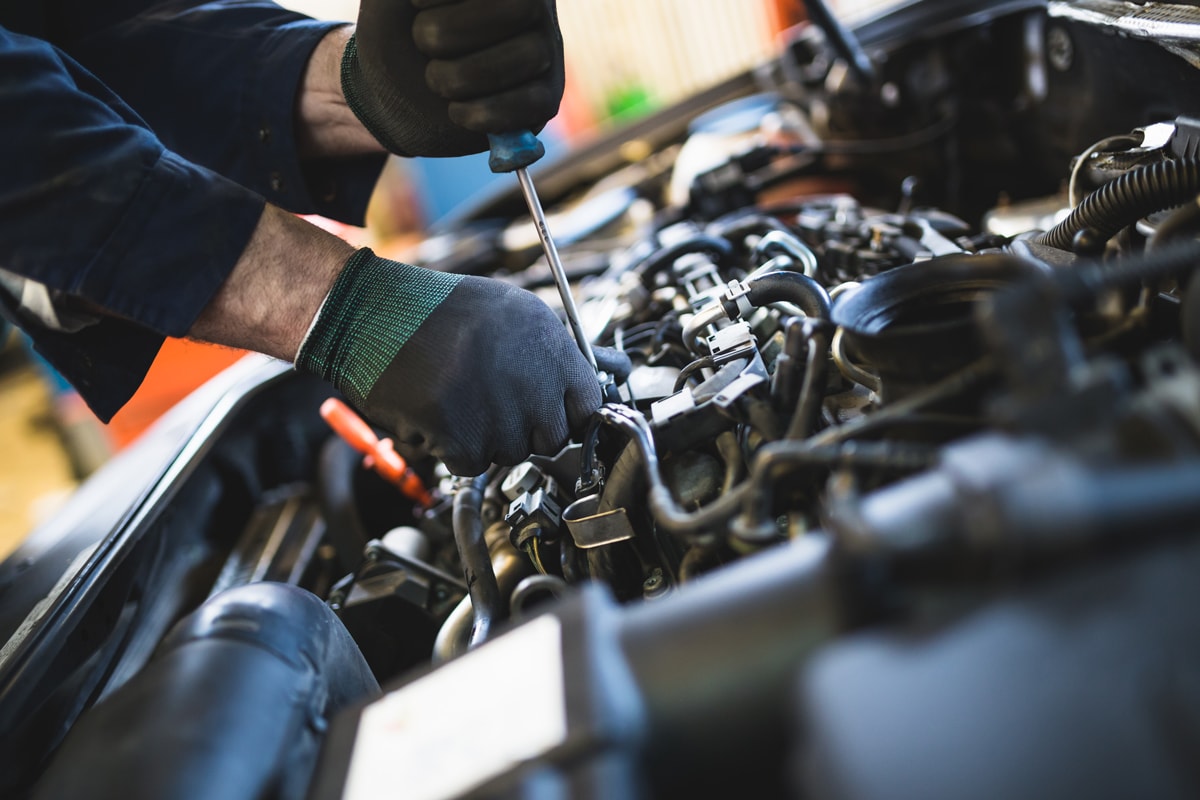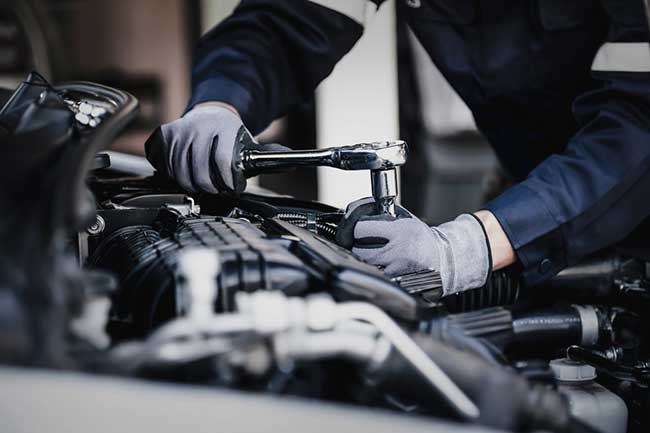All Categories
Featured

When it concerns lorry repairs, among the most considerable choices you'll deal with is whether to choose Original Devices Maker (OEM) components or aftermarket components. Both choices supply one-of-a-kind advantages, but they likewise come with some compromises. Comprehending the distinctions in between these two kinds of components can help you make a much more enlightened choice, ensuring your lorry continues to be in top shape while installation within your budget plan. Listed below, we explore the advantages and factors to consider of both OEM and aftermarket parts to help you select the right option for your following automobile repair service.

What Are OEM Components? OEM components are made by the very same business that manufactured the components in your lorry when it was first built. They are created specifically for your make and model, making certain excellent compatibility and high-quality efficiency. Given that OEM parts coincide ones utilized in the initial assembly of your car, they often tend to satisfy the exact same high criteria established by the supplier.
Among the key advantages of selecting OEM parts is the assurance of quality and integrity. These components are commonly backed by a warranty, supplying defense against flaws or very early failing. Using OEM components for fixings can assist guarantee that your service warranty stays valid if your automobile is still under guarantee. In addition, since OEM components are designed to fit specifically, there's much less risk of setup concerns or future troubles.

What Are Aftermarket Parts? Aftermarket components, on the other hand, are created by third-party makers that may not be directly associated with the vehicle's original supplier. These components are created to fit a selection of vehicles and are commonly cheaper than OEM parts. While many aftermarket parts are of high top quality, they can differ substantially in between manufacturers.
Given that these components are mass-produced and don't have the exact same expenses prices as OEM components, they are generally valued reduced. Furthermore, aftermarket parts can use improved efficiency or visual improvements over OEM parts.
Advantages of OEM Components. Surefire Fit and Quality: OEM components are designed to fulfill the precise specs of your lorry, making certain an excellent fit and preserving the performance standards that the supplier meant. Warranty: Numerous OEM parts feature a guarantee, providing peace of mind in case the component is faulty or stops working too soon. Resale Worth: If you intend on selling your vehicle, using OEM parts can assist keep its resale value because possible buyers often try to find automobiles that have actually been fixed with initial parts. Automobile Honesty: Using OEM components assists ensure that your lorry remains to execute as meant by the supplier, keeping it in optimal problem. Advantages of Aftermarket Components. Reduced Cost: Aftermarket components are often much more inexpensive, which can be a substantial consideration if you're on a budget or seeking to conserve cash on repair work. Range and Personalization: Aftermarket parts offer a wide range of choices, especially for efficiency upgrades or cosmetic changes, allowing you to personalize your vehicle or improve its efficiency. Wide Schedule: Aftermarket parts are typically simpler to locate than OEM parts, specifically for older cars or hard-to-find parts. Performance Enhancements: In many cases, aftermarket components are created to supply superior efficiency, such as far better brakes or higher-flow air filters that raise horsepower. Disadvantages of OEM Components. Greater Expense: OEM components tend to be extra costly than aftermarket choices, which might be a downside for car owners on a limited budget. Limited Options for Customization: OEM parts are created to change the initial components with no enhancements, so they may not use performance upgrades or visual modifications. Schedule: Depending on the make and design of your lorry, OEM parts can in some cases be challenging to find, particularly if your auto is older or has actually been ceased. Disadvantages of Aftermarket Parts. Inconsistent High quality: The top quality of aftermarket parts can vary greatly between manufacturers. While some are made with high-grade products, others might be less resilient or badly constructed, which might lead to faster wear and tear. Prospective Fitment Issues: Aftermarket parts might not always fit your vehicle as precisely as OEM components, resulting in feasible compatibility concerns or added job during installation. Warranty Problems: Making use of aftermarket parts might void your manufacturer's guarantee or bring about complications if a failing occurs that belongs to the aftermarket component. Exactly how to Determine Between OEM and Aftermarket Components. Selecting in between OEM and aftermarket parts depends upon several aspects, including your budget, the age and condition of your vehicle, and your particular repair service demands.
Budget: If cost is your main problem, aftermarket parts are commonly the more budget friendly option. It's vital to evaluate the long-lasting value of your choice. If you go with a cheaper aftermarket component that does not do well or needs regular substitutes, you may wind up spending extra in the lengthy run. Automobile Age and Condition: For more recent vehicles still under warranty or those in superb condition, OEM components are normally suggested to preserve the car's integrity and guarantee it continues to operate as intended. For older lorries, aftermarket components might supply a much more economical solution without compromising efficiency. Repair work Type: Some repair work, specifically safety-related parts like airbags or brake systems, are best managed with OEM parts to make certain ideal safety and security and reliability. For non-essential repair work or efficiency upgrades, aftermarket parts might use a great equilibrium between price and efficiency. Final thought. The choice in between OEM and aftermarket components depends on your details requirements, preferences, and budget plan. While OEM components supply guaranteed high quality and integrity, aftermarket parts offer price financial savings and the opportunity for performance improvements or customization.
Latest Posts
Uncover the Premier Auto Repair Offers in Montclare, Chicago
Published May 28, 25
1 min read
Improve Your Residential Property with Expenses Door Solution
Published May 23, 25
1 min read
Discover Reduce Expenses on Car Maintenance with Montclare Auto Repair’s Special Deals
Published May 18, 25
1 min read